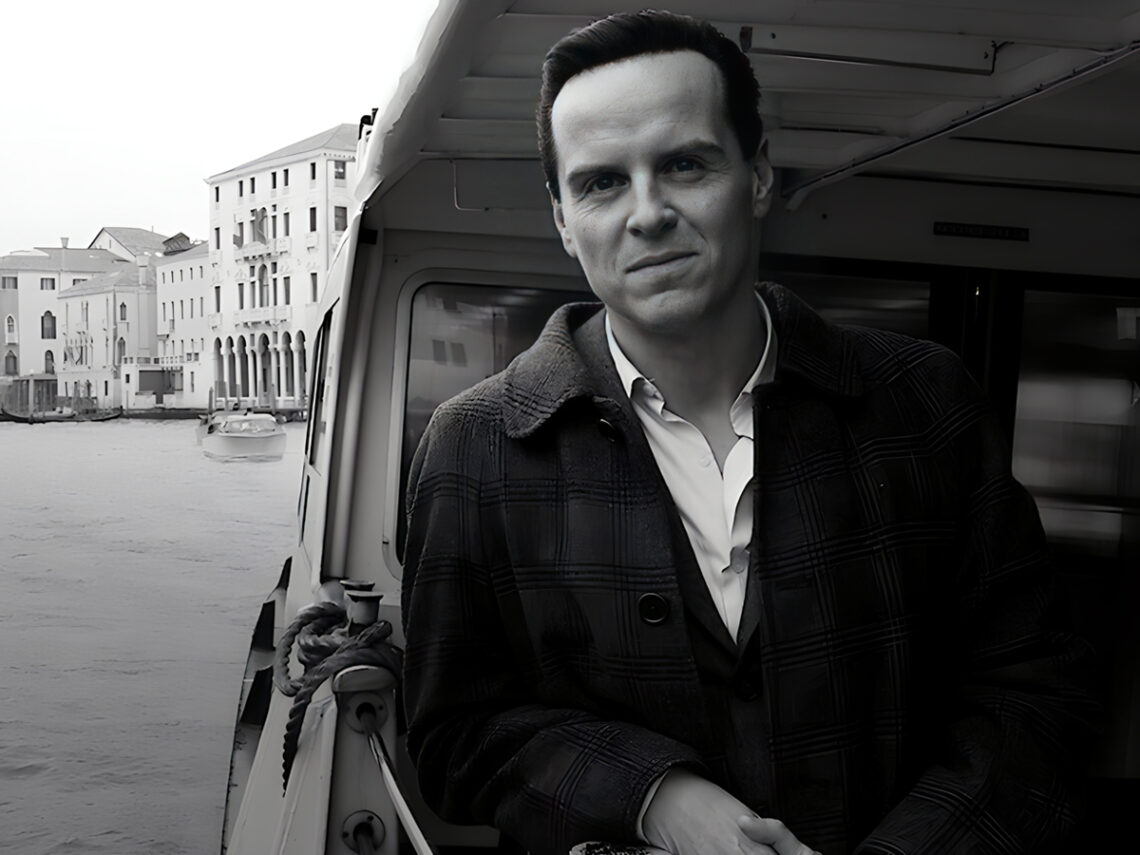Ripley, the gorgeously shot Netflix series adapted from Patricia Highsmith’s classic, is now streaming on the platform. Helmed by Academy Award winner Steve Zaillian and featuring the talented Andrew Scott as a con artist, the show takes viewers on a familiar journey through the picturesque landscapes of Italy.
The series revolves around Tom Ripley, who is initially hired by a wealthy businessman, Herbert Greenleaf, to persuade his son, Dickie, to return to America from his lavish lifestyle in Italy. However, upon his arrival in Italy and witnessing Dickie’s extravagant life, Tom’s plans quickly change. The rest of the story unfolds as we witness to what lengths Tom would go to maintain his newfound life of luxury.
Tom travels from New York to Naples, Atrani, San Remo, Rome, and eventually, Venice. In the final episode, we see Tom living in luxury in his Venice manor, a butler and maid in tow. Having orchestrated elaborate schemes to evade suspicion for all his murders and crimes, the last moments leave us wondering how much longer Tom really has till he ends up behind bars.
You can read our review of Ripley before you proceed to read our ending explainer.
But does Tom get caught? Ripley ending explained
By distorting sweet, gentle Dickie’s image to his loved ones and framing his death as a suicide, Tom manages to manipulate the authorities and elude capture. When he realises his cover might be blown soon, he stops impersonating Dickie, encashes some of Dickie’s traveller’s cheques, and reassumes his true identity without arousing suspicion.
However, Tom’s newfound sense of security is short-lived as unexpected visitors, including Marge and Dickie’s father, arrive in Italy. Despite his attempts to deflect suspicion and maintain his innocence, Tom finds himself facing scrutiny from the private investigator and Inspector Ravini, who comes very close to piecing together the truth behind his deception.
He manages to hoodwink Inspector Ravini by disguising himself and meeting him at his Venician home. He spins a different yarn for Alvin MacCarron, the private detective Herbert hired. Tom tells MacCarron that Dickie was secretly gay and in love with Tom. He convinces everyone that a combination of shame and a sense of failure in his artistic endeavours is what possibly drove Dickie to take his own life and that of Freddie’s. While pretending to be Dickie, the letter he wrote to his landlady in Rome, Signora Buffi, further convinces everyone that Dickie intended to kill himself or at least never return to his old life.
Throughout the series, Andrew Scott delivers a tremendously enjoyable performance, portraying Tom Ripley as a quietly menacing, occasionally underconfident psychopath. Even Dakota Fanning’s Marge Sherwood capitalises on the attention she gets from the media and an Italian high society abuzz with gossipy murder stories. Marge not only ends up publishing her book My Atrani but secures a deal for her next book, where she promises to lean more into her relationship with Dickie as that is more of a hot topic now with his scandalous death.
Tom almost gets away with his crimes except for one little snag. Marge sends a copy of her new book to Inspector Ravini, who had shown an interest in it during his investigation. As he opens the book, he sees Dickie’s photo under Marge’s dedication, and finally, it clicks for him: Tom was pretending to be Dickie every time he met him in Rome.
Tom might still be able to evade capture. A new acquaintance in Venice, Reeves Minot, played by John Malkovich, also turns out to be a con artist. Tom gets a brand-new fake passport from Reeves named ‘Timothy Fanshaw’. Incidentally, Malkovich played Tom Ripley in an adaptation of Highsmith’s Ripley’s Game, the third novel in the Ripley series.
Of course, Tom Ripley’s fate in Ripley is foreshadowed by his obsession with the Baroque painter Caravaggio. The show is lit the same way Caravaggio did his paintings, with a dramatic use of chiaroscuro. The painter, known for his volatile temperament and frequent brushes with the law, murdered a man named Ranuccio Tomassoni. He was sentenced to death, which forced him to flee Rome. But ultimately, he died under mysterious circumstances, believed to have been murdered.
You can watch Ripley on Netflix and check out the trailer here:
